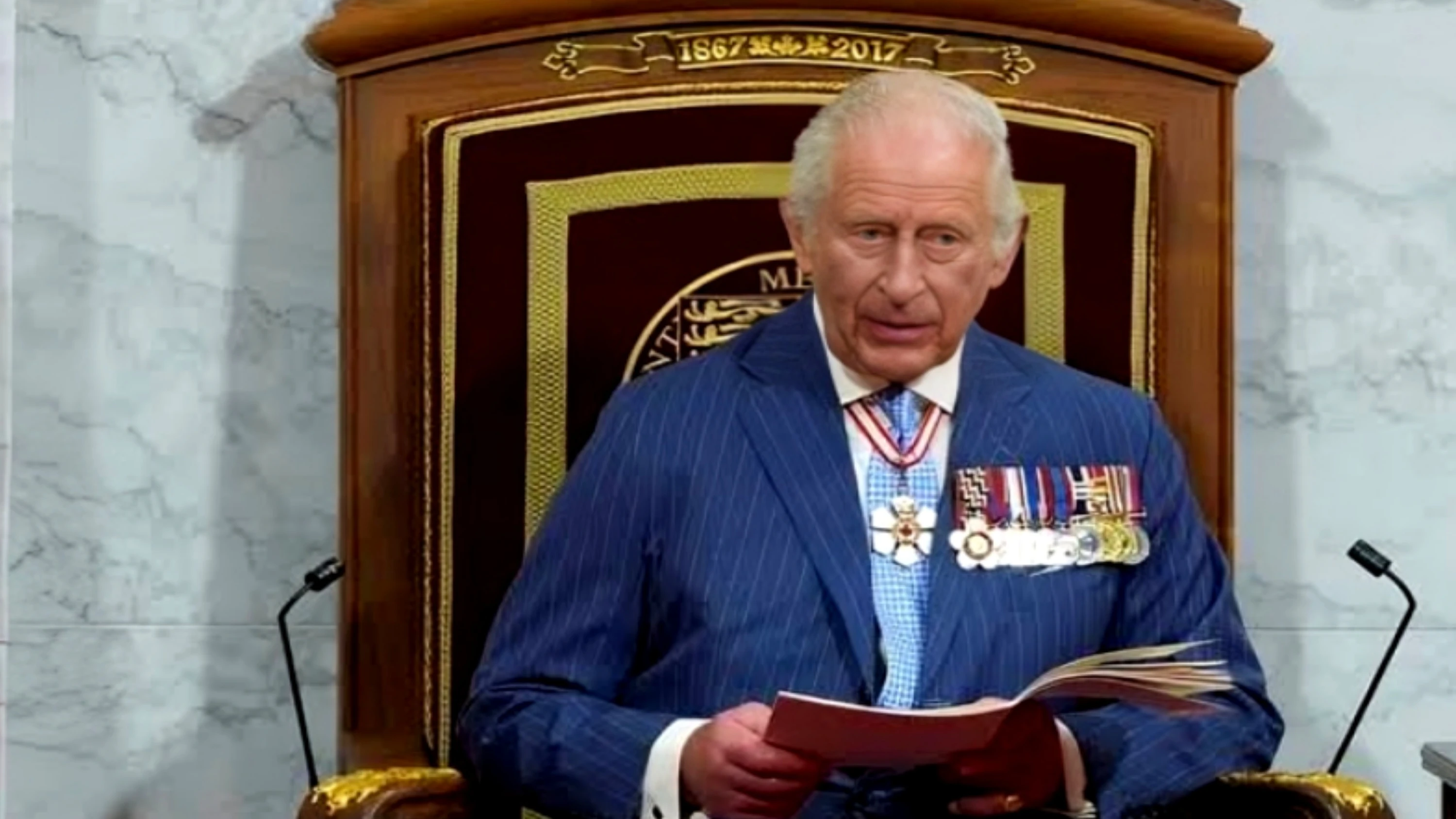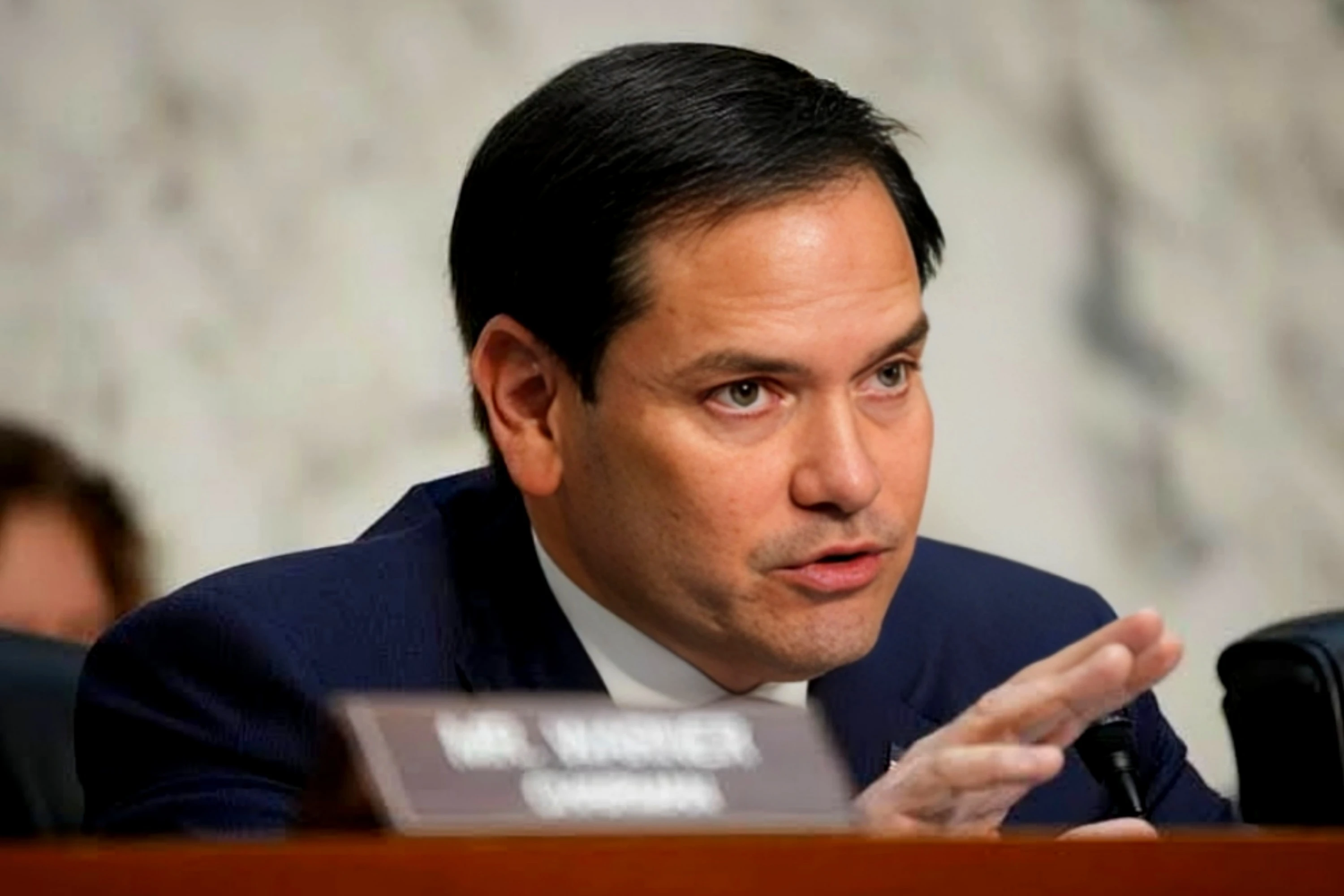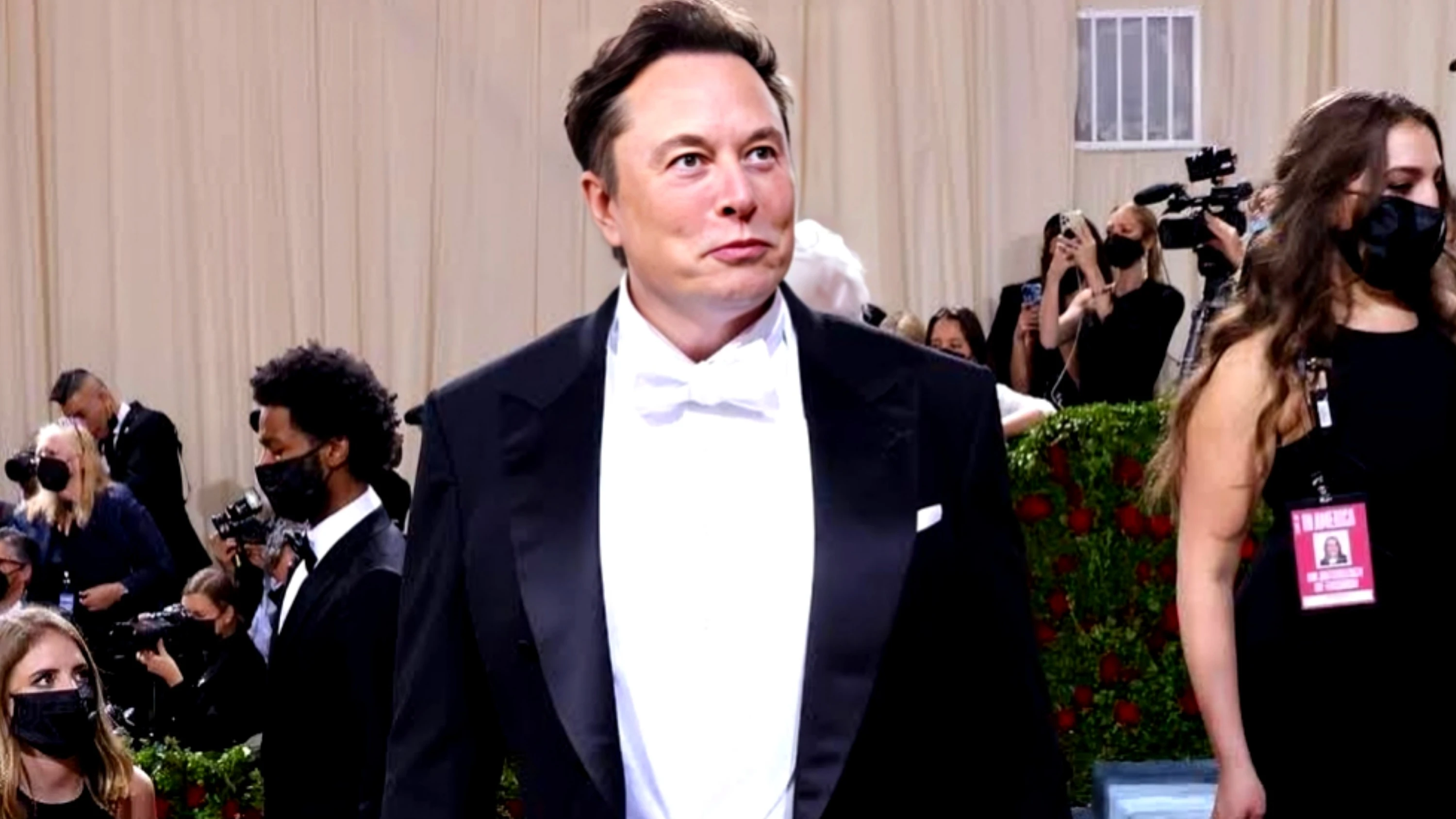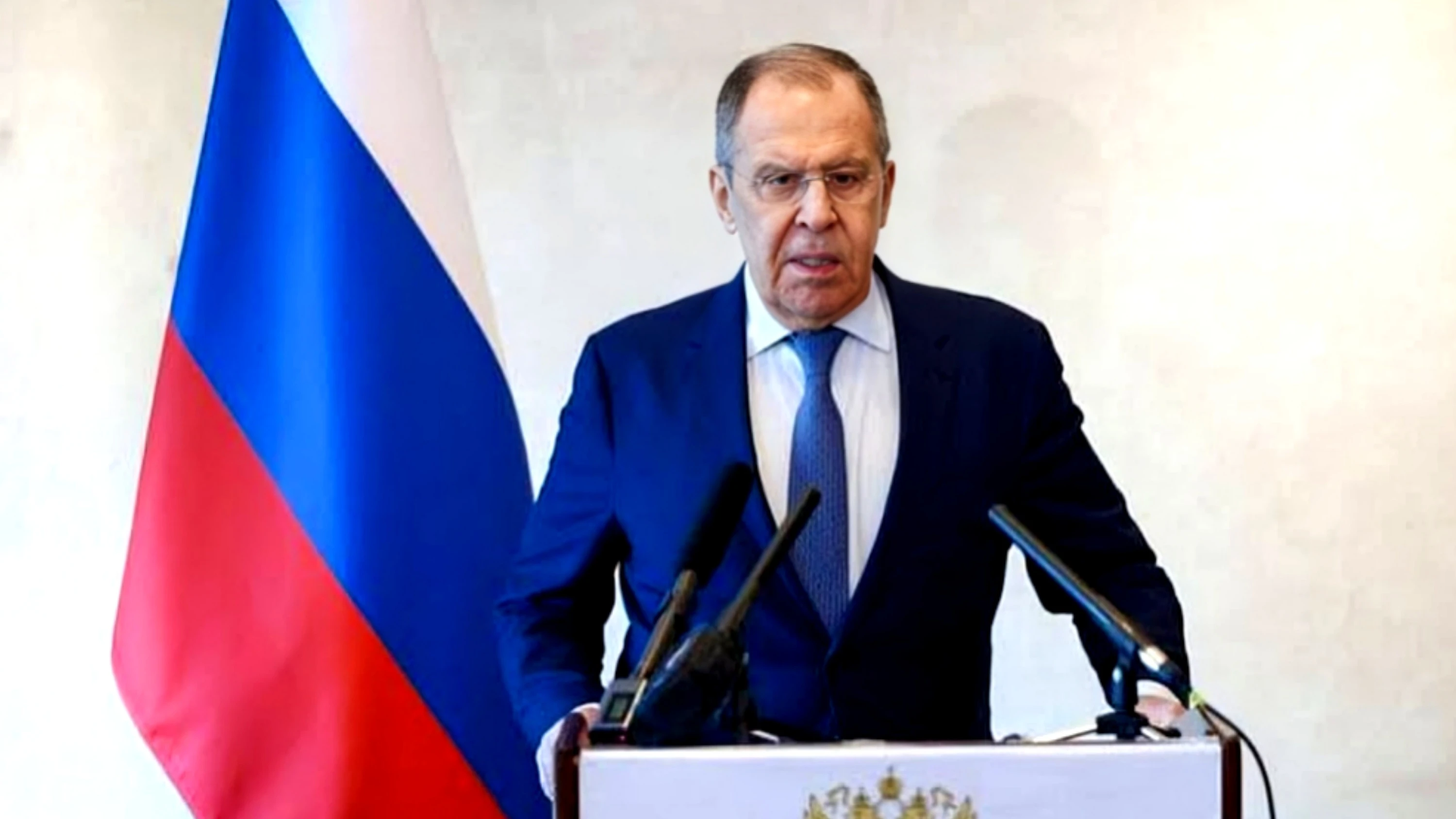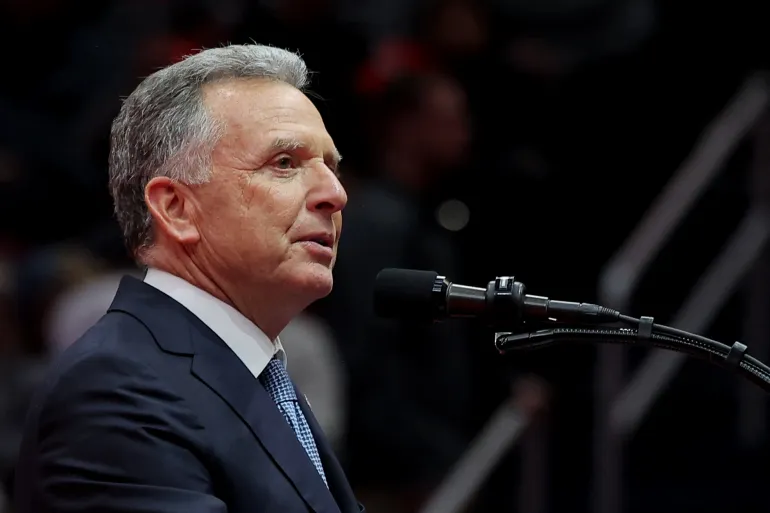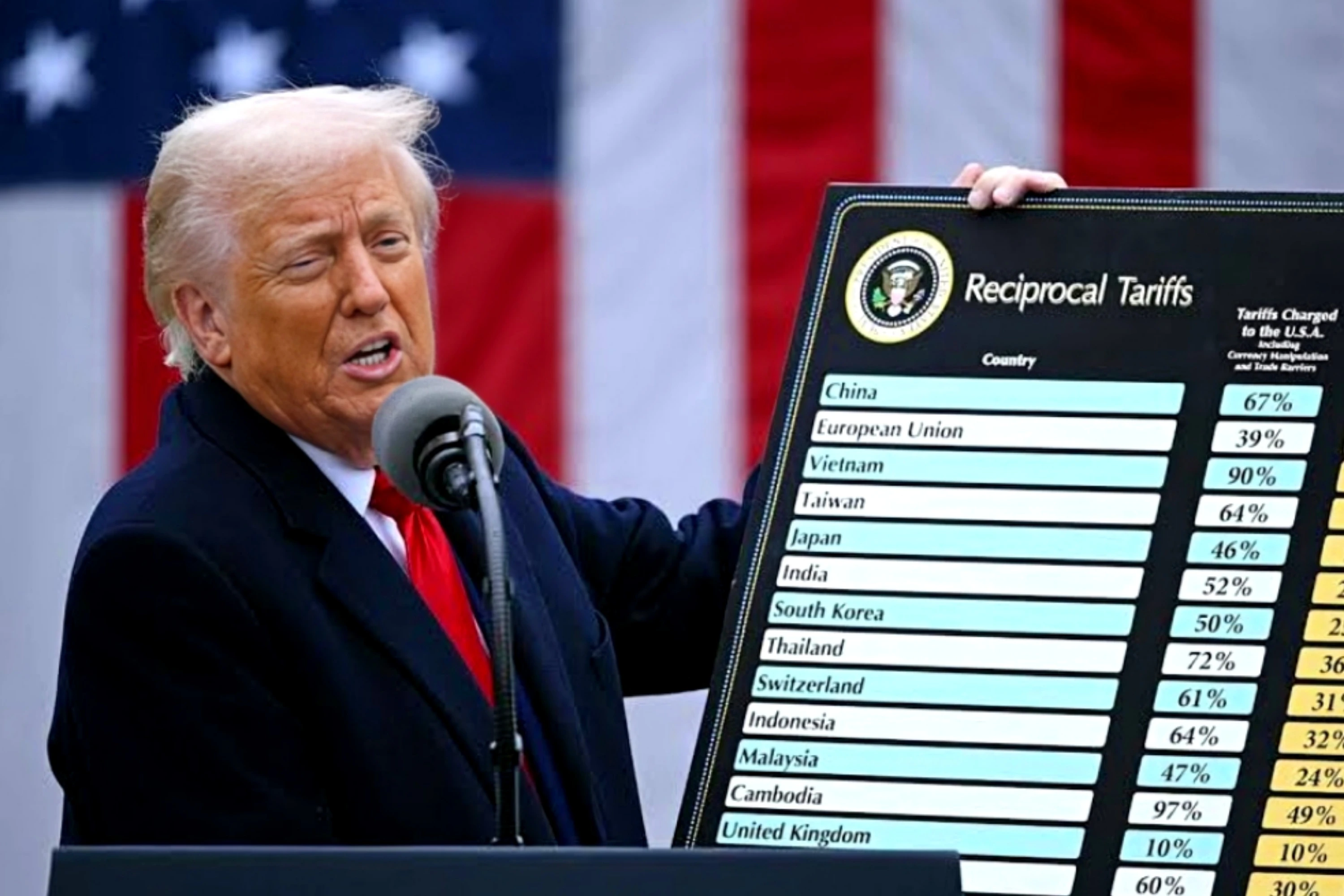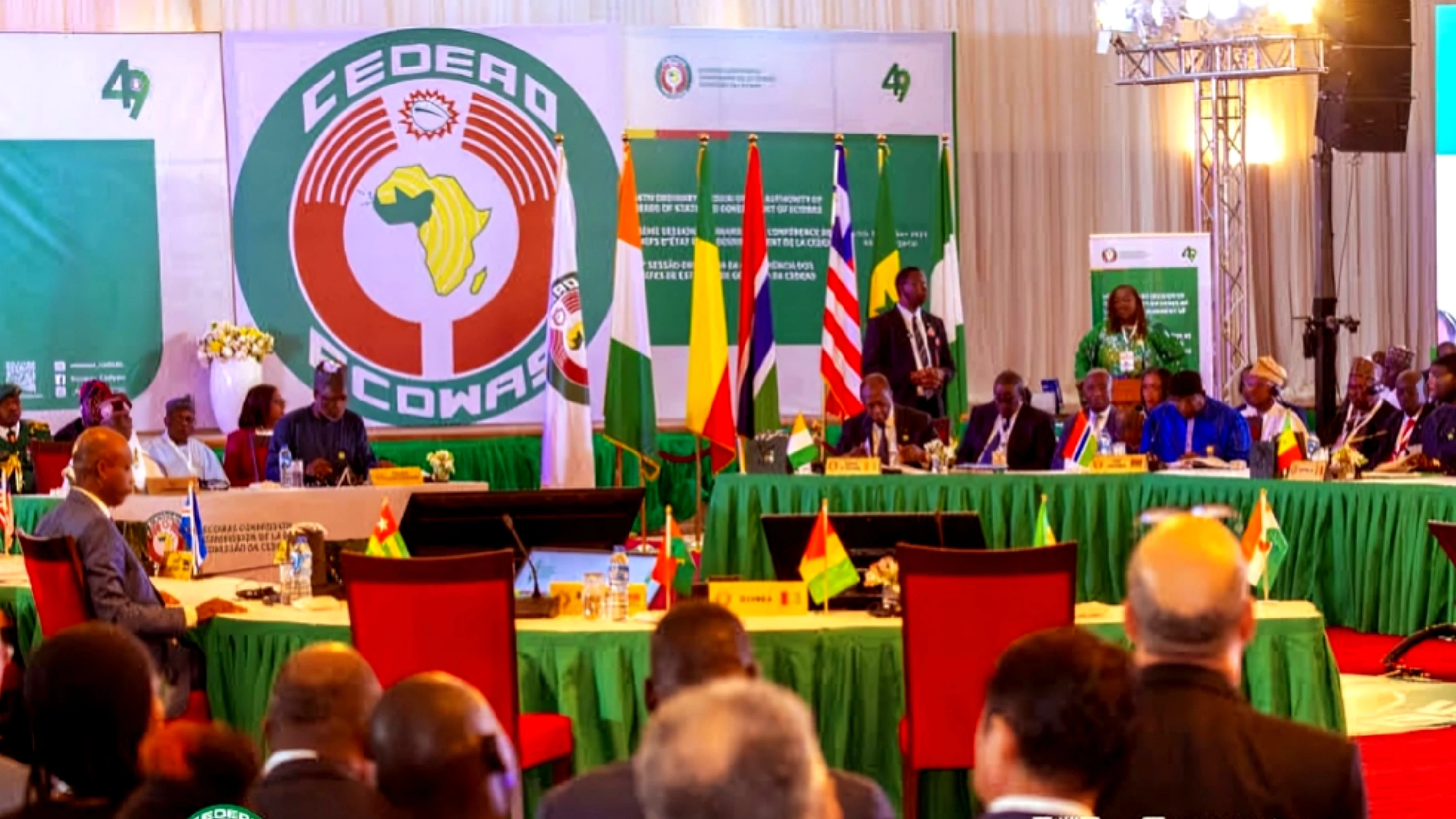Ottawa: In a historic and politically charged moment, King Charles III became the first British monarch in nearly seven decades to formally open Canada's Parliament, delivering a speech that underscored Canada's sovereignty and resilience in the face of growing external pressures — particularly from the United States.
The symbolic address, partly delivered in French, took place at the Senate of Canada Building in Ottawa, concluding a two-day royal visit by King Charles and Queen Camilla. The speech, which many analysts interpreted as a firm statement of solidarity with Canada amid a volatile global landscape, also addressed concerns about U.S. President Donald Trump’s increasingly hostile rhetoric toward the country.
"This is a critical time for Canada," the King said, highlighting the growing instability of the international order. "Our world has not seen such danger and uncertainty since the Second World War."
While affirming the strength of Canadian democracy and the country's commitment to core values like pluralism, the rule of law, and freedom, King Charles acknowledged the shifting geopolitical and economic landscape. “Canada’s traditional alliances are evolving. The global trading system that supported our prosperity for decades is undergoing fundamental changes,” he said.
The King's presence came at the invitation of newly re-elected Prime Minister Mark Carney, whose Liberal government secured a rare fourth term after a surge in public support, partly fueled by Trump's antagonistic comments about Canada. Trump has repeatedly referred to Canada as the “51st state” and mocked former Prime Minister Justin Trudeau as a mere “governor.”
Despite the pointed remarks from Washington, the U.S. ambassador to Canada, Pete Hoekstra, downplayed tensions in a CBC interview, urging Canadians to “move on.”
In his speech, King Charles emphasized Canada's journey since his mother, Queen Elizabeth II, last opened Parliament in 1957. “Since then, Canada has charted its own path—repatriating its constitution, asserting its independence, and becoming a bold, multicultural nation,” he said.
The monarch and Queen Camilla arrived in a traditional horse-drawn carriage, flanked by a 28-horse procession and received by a 100-member guard of honour with the Royal Salute. The King also paid tribute at Canada’s National War Memorial before concluding his visit and returning to the UK.
Canadian royal historian Justin Vovk drew comparisons between this visit and Queen Elizabeth II’s 1985 opening of Parliament in Grenada, following a U.S.-led intervention there that bypassed British consultation. “These symbolic moments carry real political weight,” he said.
As Canada navigates strained relations with its southern neighbour and looks to redefine its international alliances, the King’s message was clear: Canada stands strong, sovereign, and steadfast.


